Major differences of Coding between HTML Web and Ionic
In this blog, we will discuss the major difference of coding between HTML web and Ionic. Before that, we need to know about the Ionic.
Ionic Introduction
Ionic is an HTML5 mobile app development framework targeted at building hybrid mobile apps. Hybrid apps are essentially small websites running in a browser shell in an app that has access to the native platform layer. Hybrid apps have many benefits over pure native apps, specifically in terms of platform support, speed of development, and access to 3rd party code.
Think of Ionic as the front-end UI framework that handles all of the looks and feel and UI interactions your app needs to be compelling. Kind of like “Bootstrap for Native,” but with support for a broad range of common native mobile components, slick animations, and beautiful design.
Major differences of Coding between HTML Web and Ionic
- Structure: In HTML Web we have to write header and footer on every page but in ionic pages are treated as a view and there is one header and footer for all pages.
- Pages: I ionic every page has its HTML, CSS, module, and typescript file for designing better UI and themes. Whereas HTML web pages have only HTML, CSS, and js file.
- Components: In ionic, there are various prebuilt components for design UI and themes which are supported all across platforms and devices. But in the HTML web, you have to make components by using HTML, CSS, and js before implementing them on your page.
- Code pattern: As like every framework, ionic has its own clean, simple, and functional code pattern for using its components. But in the HTML web, there is basic HTML, CSS, javascript. (Note: We can use basic HTML along with bootstrap or any in the Ionic framework also. Ionic introduces shadow part along with CSS)
- Cross-Platform: In Ionic build and deploy apps that work across multiple platforms, like Android, desktop, and the web as a PWA - all with one codebase. Write once, run anywhere. But for HTML, you have to code multiple times for different platforms.
PWA (Progressive Web Application) Introduction:
PWA is an app built from the web technologies we all know and love, like HTML, CSS, and JavaScript, but with a feel and functionality that rivals an actual native app. In PWA you can offer all the features of native apps, like push notifications, offline support, and much more.
What are the benefits of a PWA?
The main reason why everyone is chasing after apps is that they offer greater engagement. Users who install your app are your biggest fans and they are more likely to turn their usage into sales or signups.
- Discoverable, so the contents can be found through search engines.
- Installable, so it can be available on the device's home screen or app launcher.
- Linkable, so you can share it by simply sending a URL.
- Network independent, so it works offline or with a poor network connection.
- Progressive, so it's still usable on a basic level on older browsers, but fully-functional on the latest ones.
- Re-engageable, so it's able to send notifications whenever there's new content available.
- Responsive, so it's usable on any device with a screen and a browser—mobile phones, tablets, laptops, TVs, refrigerators, etc.
Safe, so the connections between the user, the app, and your server are secured against any third parties trying to get access to sensitive data.
Resources:
Ionic: https://ionicframework.com/docs
PWA: https://yoast.com/what-is-a-progressive-web-app-pwa/
PWA Benefits: https://developer.mozilla.org/en-US/docs/Web/Progressive_web_apps/Introduction
Conclusion:
These are the major difference between HTML Web and Ionic Mobile App development framework. Please share your views in the comment section. See you on my next blog.





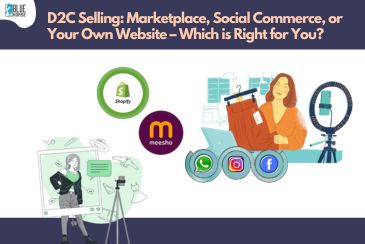
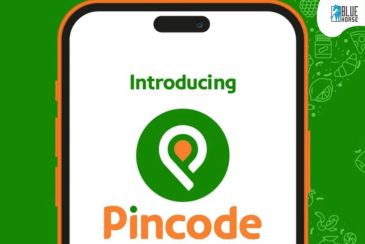
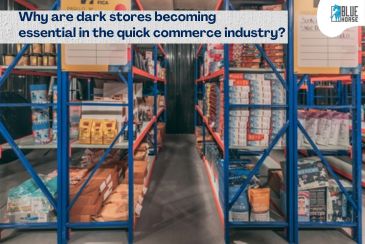
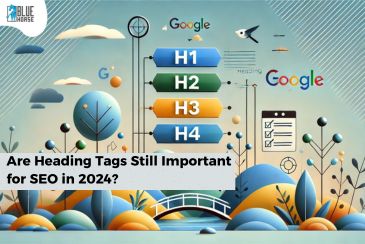
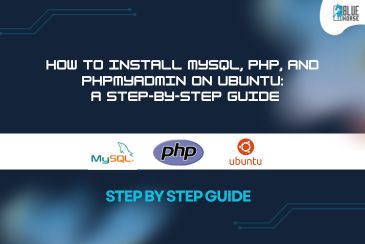











Comments